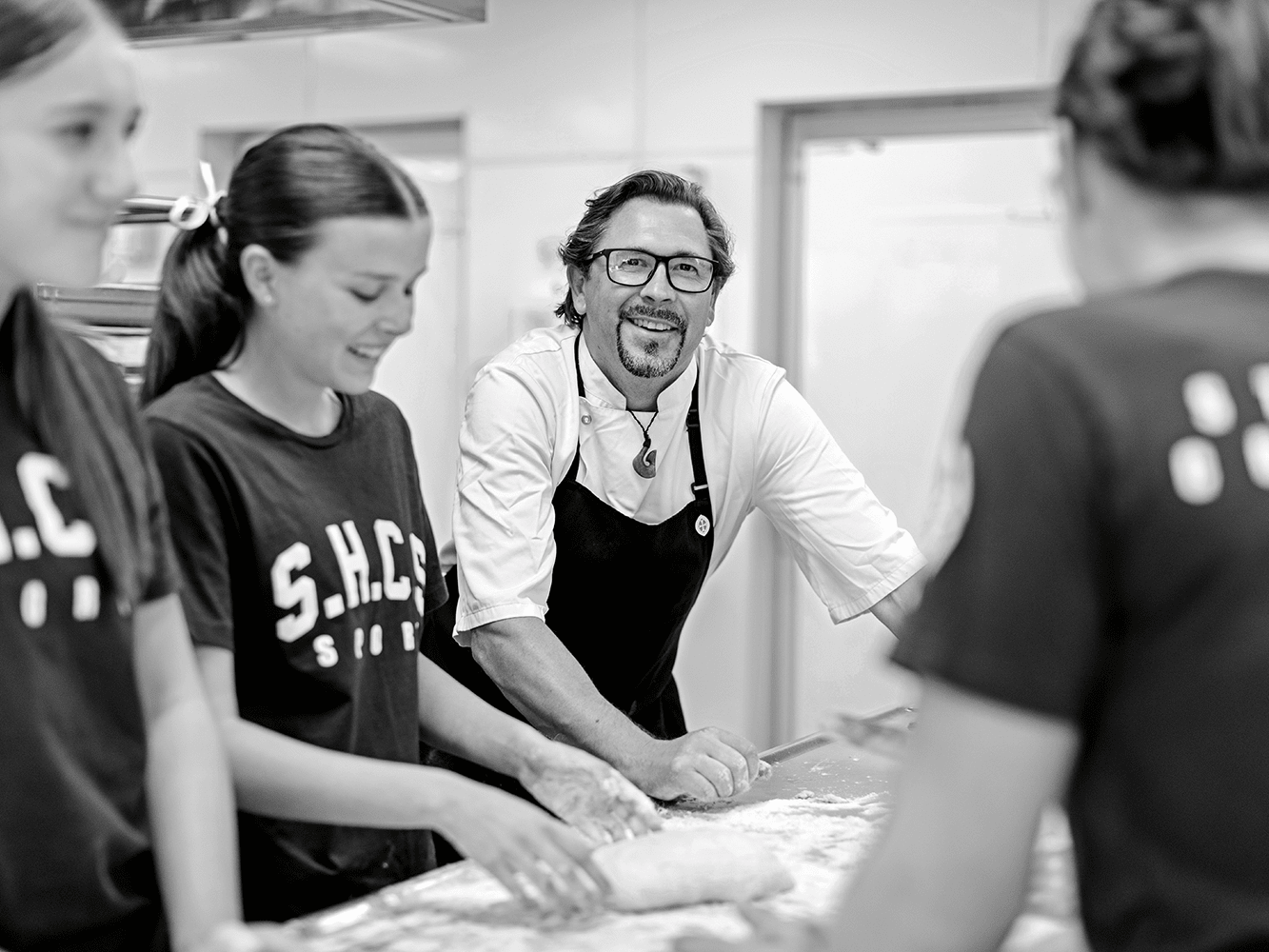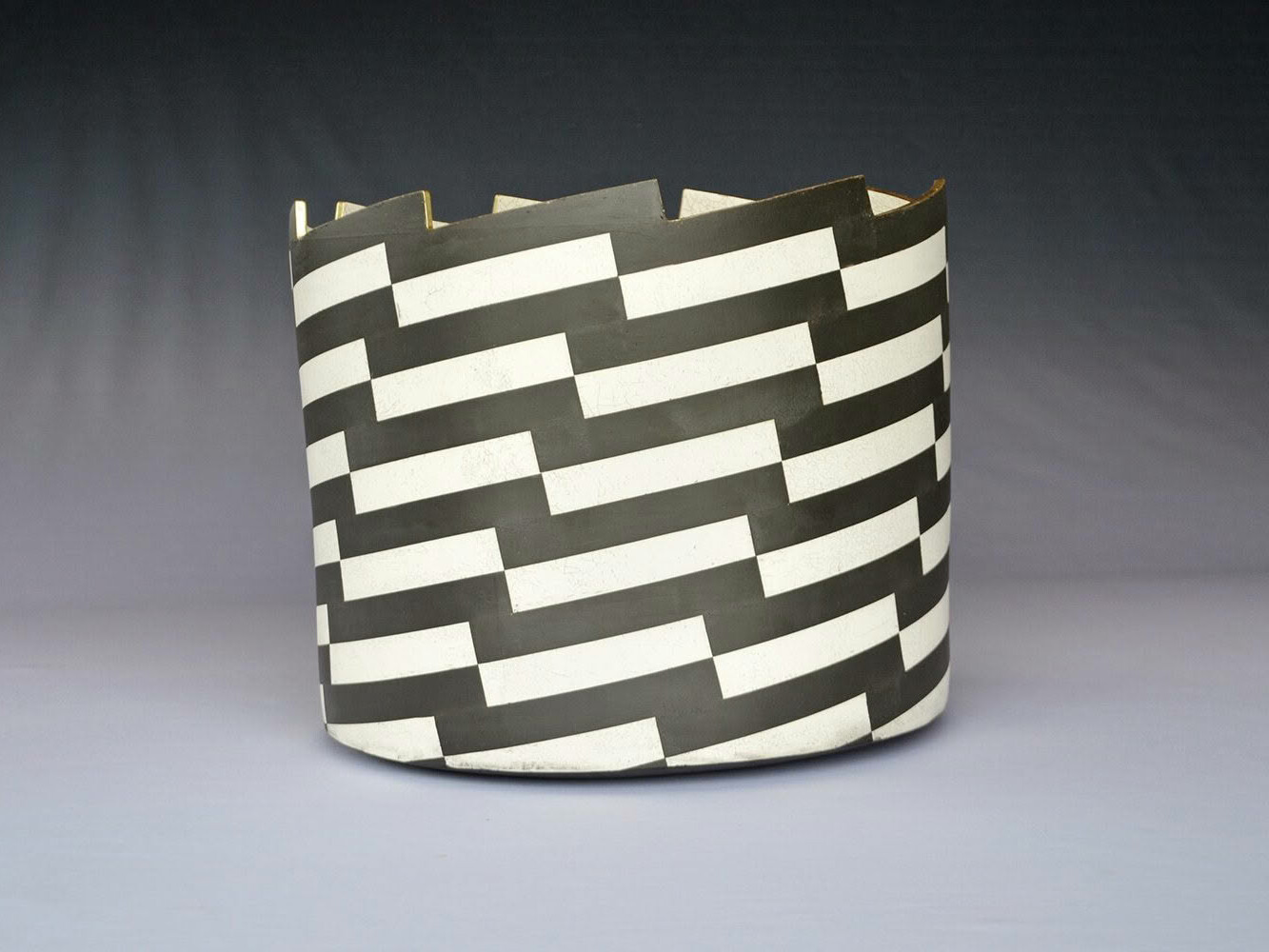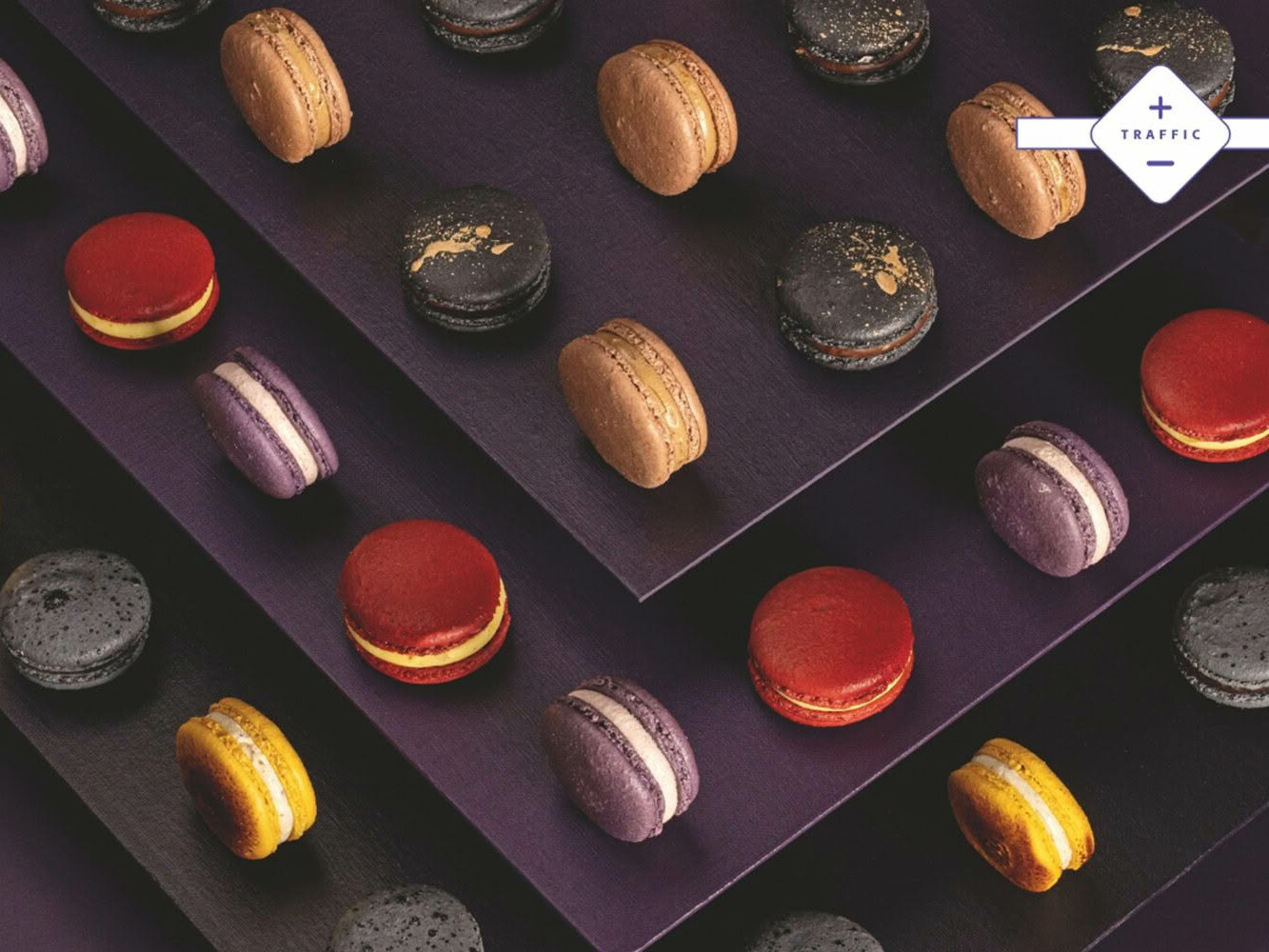As an Instagram darling, there is a great opportunity for New Zealand rosé to make an impression on the world stage, says FEDERICO LLEONART.
Mine is one of the best jobs in the world. As a global wine ambassador for Campo Viejo, a winery in the heart of the Rioja region of Spain, I travel the world telling people about (and drinking) delicious Spanish wines. Most of our wines are rich reds – tempranillo, garnacha, reserva and gran reserva – so these are what I drink most regularly, but the launch of the new rosé in 2019, opened up fresh pink-tinted horizons.
Anyone with even a cursory interest must have noticed that rosé has been taking the wine world by storm. In fact, it has been growing continuously for over a decade and is predicted to reach 10.6% of global wine volume by 2020 (source: Vinexpo 2018 report). The popularity of rosé extends to countries as far flung as the UK, US, Australia and New Zealand and even incorporates places such as Cyprus and Hungary.
Where is all this love coming from? According to Dan Mettayear, analyst for the IWSR (International Wines & Spirits Record), the growth is associated with a younger millennial audience for whom rosé represents a “carefree lifestyle and an affordable luxury”.
In my opinion, the category is still at the beginning of its growth cycle; as the rosé trend continues to gain momentum, it’s becoming a year-round option and not just bound to seasonal consumption. In addition, I expect to see more sparkling rosé and alternative packaging (such as cans) finding their own niche.
Although rosé winemaking methods are well established, the race is on to make those with a unique style. For now, leading the popularity contest is rosé from the Provence region of France, usually made from grenache, cinsault, syrah and mourvèdre grapes. It’s the palest pale salmon in colour with a crisp, dry, savoury palate and aromas of watermelon and salty mineral notes. Other regions of France which also make their own rosé include Tavel, Loire and Corsica.
From Italy, there’s Abruzzo with its ‘Cerasuolo d’Abruzzo’ and also rosé from Puglia, Sicily, Veneto and Tuscany with their own styles. For instance, rosé from Tuscany would typically be made from sangiovese grapes. It often has a bright copper-red colour and melon, peach and rose notes on the nose, displaying the typical high acidity of Italian wines that makes them great with tomato-based dishes.
At the other end of the spectrum you have the weirdly named ‘white zinfandel’ which is actually Californian rosé made from zinfandel. It’s bright pink and slightly sweet with flavours of strawberry and toffee apple, and perfect with Southeast Asian food like Thai or Vietnamese.
Of course, there are many more, such as your own New Zealand rosé made often from pinot noir which gives a delicacy and elegance to your rosé wines, or the fruit-driven shiraz rosé from Australia.
Campo Viejo winemakers wanted to make a contemporary Spanish rosé so garnacha grapes, which are widely planted in Spain but known as grenache elsewhere, were the natural choice for their expressive fruit, high acidity and lower tannins which were perfect to craft a pale coral-coloured rosé which still exhibits intense perfumed aromas, vibrant fruit flavours and an almost creamy mouthfeel.
The method for making this rosé is called ‘sangrado’ in Spain (or aignée in France). The juice is macerated with the grape skins for a short time until a pale pink colour develops, then some of the free-run juice is carefully bled off and cold fermented to make the rosé.
By contrast, under the direct press method, commonly used to make Provence rosé, the juice is still-macerated with the skins until pink, but then the juice is separated by being squeezed in a press before fermentation, resulting in more skin tannin in the finished wine.
Regardless of how it is made, rosé is a wonderful choice during the spring and summer months, and with so many different styles made around the world, it gives wine lovers the opportunity for an adventure every time.
SEE MORE FROM CUISINE
Inspirational Women in Food & Drink
New Zealand’s food-and-drink industry is filled with hardworking and…
We’ve Noticed…. Marcus Verberne
Cooking skills open up a world of different opportunities. From fine…
Design File / Mark Mitchell / Ceramic artist / Northland
In his Northland studio, Mark Mitchell crafts ceramic pieces that use…






